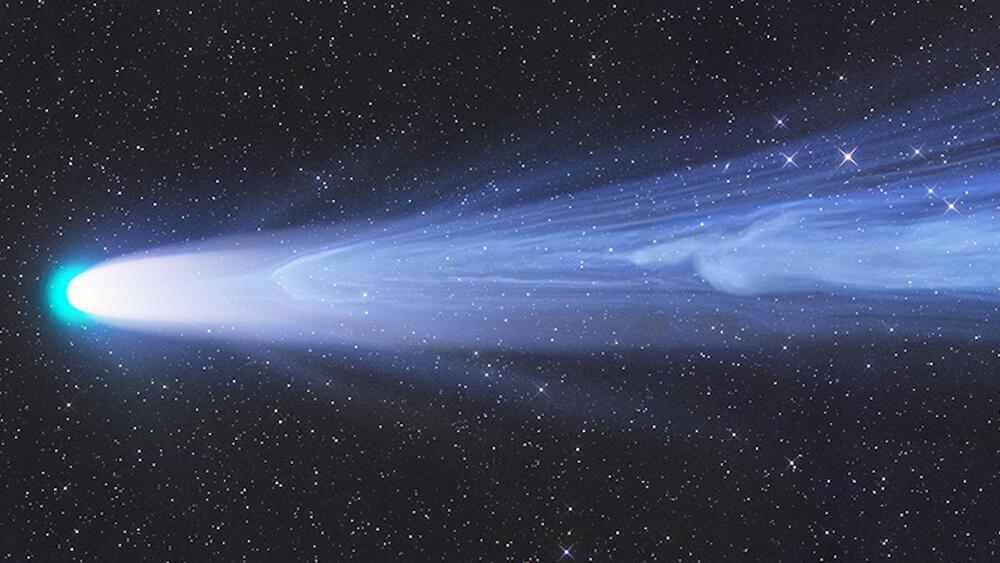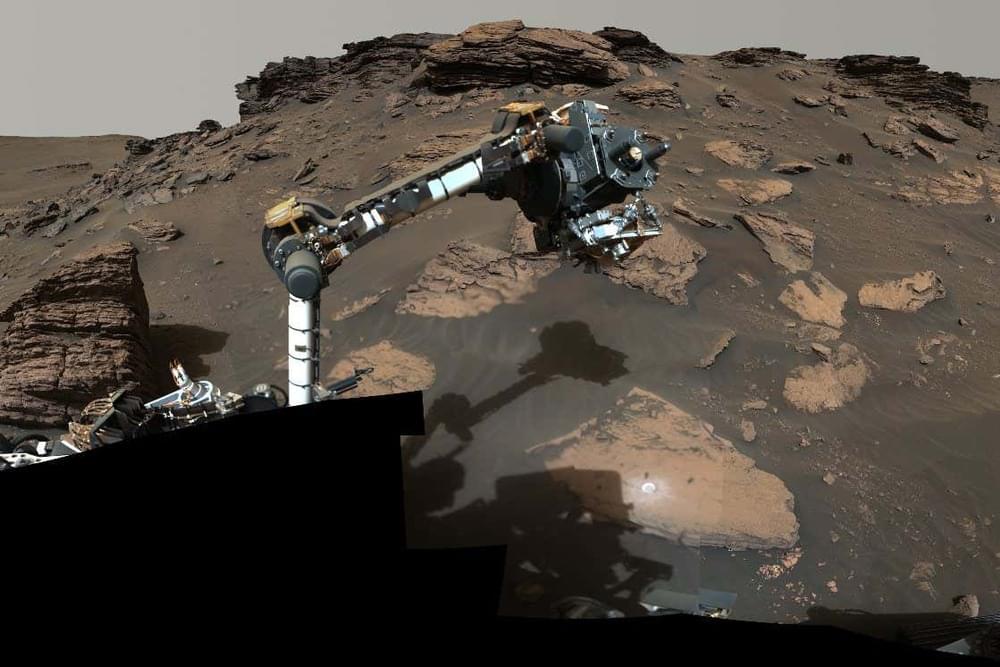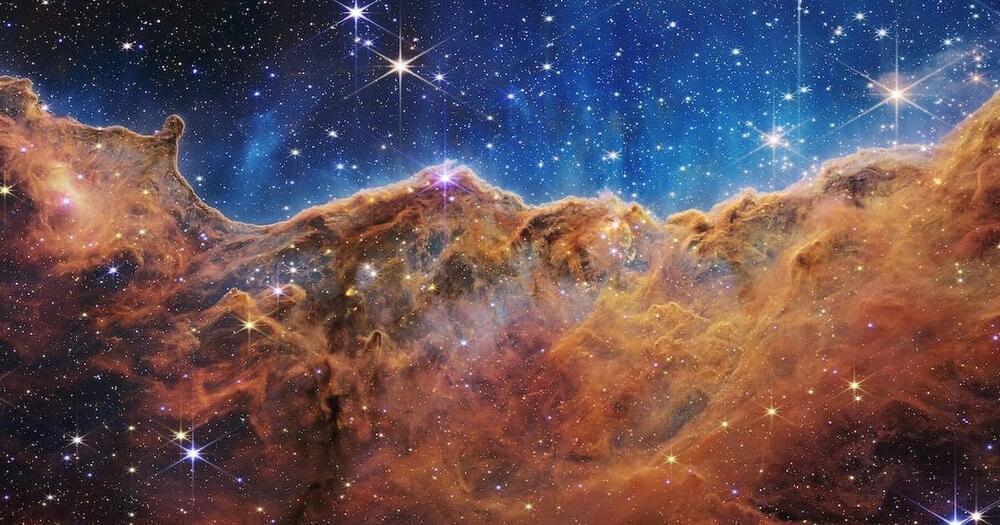The much-delayed engine could help reduce the U.S.’s reliance on Russian models.
Blue Origin’s much-delayed BE-4 engine may be close to hitting the launch pad. As Bloomberg points out in a report, the U.S. Space Force recently announced in a statement that “Vulcan launch system development activities continue to make progress” towards a first test launch in December.
That’s because “ULA and Blue Origin have completed originally planned BE-4 development testing, and have successfully demonstrated full engine performance.”
Blue Origin could help reduce U.S.’s reliance on Russian engines.
Blue Origin / YouTube.




